2019 Toyota RAV4 Review - Half a Million Buyers Can't Be Wrong

2019 Toyota RAV4 Limited AWD
Well, maybe the crowd can’t always be trusted. Over the last two hundred-plus years, there have been more than a few instances where our plurality voting system has yielded suboptimal victors in statewide and nationwide elections alike.
I’ve promised before that I’d stay away from politics here, so I’m not getting any more specific than that. I’m sure I’d piss off someone who doesn’t feel like hearing my thoughts on Franklin Pierce.
Anyhow, in 2019 Toyota pushed nearly half a million of these compact crossovers out the doors, making the 2019 Toyota RAV4 the fourth best-selling passenger vehicle in America — and if you exclude half-ton pickups from each of the Detroit Three, the best selling vehicle, period. But why?
While your author would love it should practical minivans once again become available from every mainstream automaker and start stealing the sales crown from the scourge of crossovers, that’s nearly as likely as a return to carburetors for induction. This is our reality for the foreseeable future, I’m afraid crossovers are king.
Arguably, Toyota was the pioneer in this category with the first-generation RAV4. This newest fifth-generation has taken some styling cues from more butch members of the extended Toyota family, with angles and creases across every surface to distinguish this car from prior models. I wouldn’t call it pretty, but the newest RAV4 at least isn’t as boring-looking as some of the competition.
[Get Toyota RAV4 pricing here!]
One styling note — I typically despise overly large wheels, as they often degrade ride quality while increasing road noise. I was pleasantly surprised with the 19-inch alloys fitted to this Limited-trim tester, as they didn’t seem to affect either the ride or noise. And they look quite fetching, too. Maybe it’s silly, but I do think they make the car look that much better. I don’t look forward to replacing 19-inch tires, however.
For the most part, the driving experience of the RAV4 is excellent. Steering is nicely weighted, and harsh pavement imperfections are dispatched with little noise or cabin disruption. Wind noise is hushed. My only complaint comes from the 2.5-liter engine, which gets surprisingly thrashy as the tachometer swings north. In most driving, the engine is quiet enough, but when passing or pulling onto the interstate, it’s best to pause your conversations for a moment.
Otherwise, living with the RAV4 is as pleasant as can be. The interior is spacious — wedging a random third kid between my too-tall tweens was a simple affair that didn’t lead to tears. While I’d personally prefer a slightly longer lower cushion on the heated front seats, most will find them plenty comfortable. Primary HVAC controls are handled intuitively by two large, easy-to-grip knobs, and the touchscreen, while of the hated iPad-glued-to-dash variety, was more responsive than some I’ve sampled in prior-year Toyota models.
I love the two-tier dashboard, revealing a small tray both left of the steering wheel and above the glove compartment. It’s just enough space to hold the passenger’s cell phone (mine will be in the optional wireless charging tray ahead of the shifter) and a pair of sunglasses, but not too large to gather too much assorted crap like the extra napkins my wife likes to hoard in the glovebox.
The RAV4 is now fitted standard with the Toyota Safety Sense 2.0 suite of safety features – TSS 2.0 for short – which offers pedestrian detection with pre-collision warnings, full-speed active cruise control, lane departure warning with steering assist, and automatic high beams. The full-speed active cruise is a godsend for stop-and-go traffic; just a tap of the cruise button or the throttle pedal when stationary, and the RAV4 will begin moving forward as traffic allows.
I’ll admit one thing: though I’ve logged countless hundreds of thousands of miles behind the wheel over the years, I’ll occasionally struggle with one simple task – parking. Blame a decade of driving a two-seat roadster or something, but occasionally I’ll be flummoxed by a narrow parking spot at the supermarket. It seems I always park just a touch too close on the passenger side, causing my bride to squeeze out of her door. Other times, I brush the sidewall of a tire against a curb. With nineteen-inch polished wheels like those fitted to this RAV4, a curb can prove seriously hazardous. The Advanced Technology package fitted to my tester includes my favorite feature on any car: a birds-eye view camera for parking. Press a button at low speeds, and I can quickly gauge how close I am to disaster – or an argument with my bride.
The price of my tester ain’t cheap, at a hair under forty thousand US dollars delivered. One could even get into some entry-level luxury crossovers for a similar figure. But it’s hard to beat the Toyota RAV4 for features, value, and comfort – which is the same calculation hundreds of thousands of buyers make every year.
[Images: © 2020 Chris Tonn/TTAC]

Some enthusiasts say they were born with gasoline in their veins. Chris Tonn, on the other hand, had rust flakes in his eyes nearly since birth. Living in salty Ohio and being hopelessly addicted to vintage British and Japanese steel will do that to you. His work has appeared in eBay Motors, Hagerty, The Truth About Cars, Reader's Digest, AutoGuide, Family Handyman, and Jalopnik. He is a member of the Midwest Automotive Media Association, and he's currently looking for the safety glasses he just set down somewhere.
More by Chris Tonn
Latest Car Reviews
Read moreLatest Product Reviews
Read moreRecent Comments
- Brendan Duddy soon we'll see lawyers advertising big payout$ after getting injured by a 'rogue' vehicle
- Zerofoo @VoGhost - The earth is in a 12,000 year long warming cycle. Before that most of North America was covered by a glacier 2 miles thick in some places. Where did that glacier go? Industrial CO2 emissions didn't cause the melt. Climate change frauds have done a masterful job correlating .04% of our atmosphere with a 12,000 year warming trend and then blaming human industrial activity for something that long predates those human activities. Human caused climate change is a lie.
- Probert They already have hybrids, but these won't ever be them as they are built on the modular E-GMP skateboard.
- Justin You guys still looking for that sportbak? I just saw one on the Facebook marketplace in Arizona
- 28-Cars-Later I cannot remember what happens now, but there are whiteblocks in this period which develop a "tick" like sound which indicates they are toast (maybe head gasket?). Ten or so years ago I looked at an '03 or '04 S60 (I forget why) and I brought my Volvo indy along to tell me if it was worth my time - it ticked and that's when I learned this. This XC90 is probably worth about $300 as it sits, not kidding, and it will cost you conservatively $2500 for an engine swap (all the ones I see on car-part.com have north of 130K miles starting at $1,100 and that's not including freight to a shop, shop labor, other internals to do such as timing belt while engine out etc).



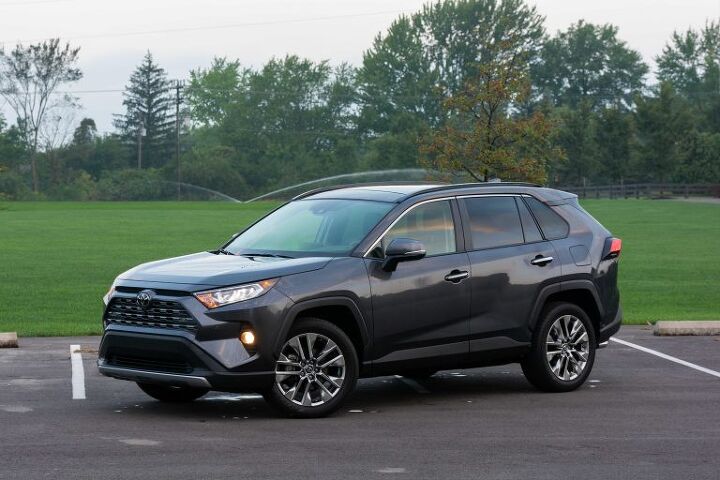





















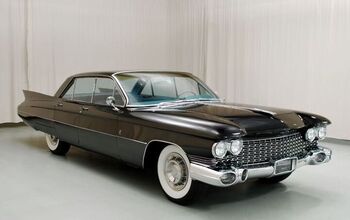
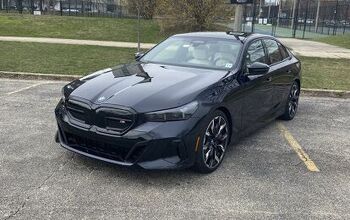
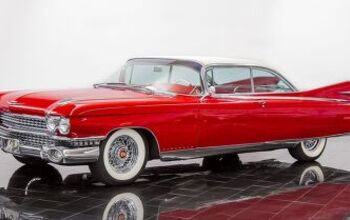


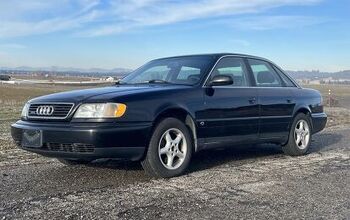

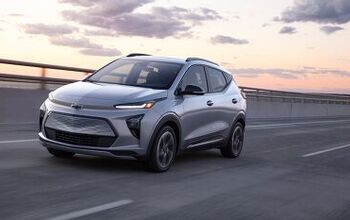
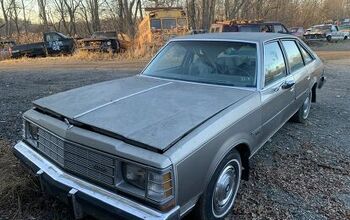
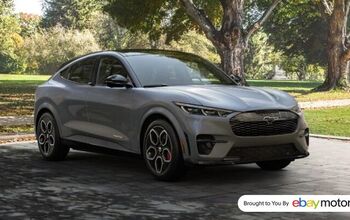
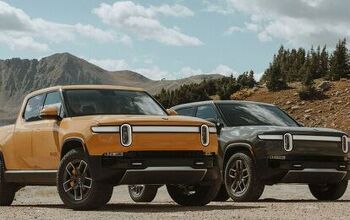


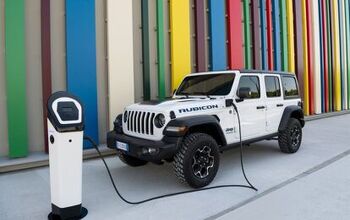
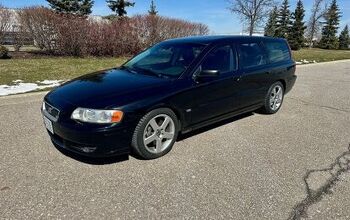


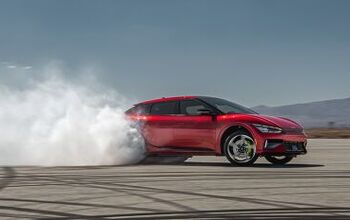
Comments
Join the conversation
Yes. If you want a V6 go have one. Milage issues have killed them in many vehicles. They exist as do V-8's. We all know this. If you see a better engine buy it.
Like the Jeep Gladiator, I don't understand the pricing on this thing. My friend's daughter just got a Rav4 that stickered for about $40K, and I didn't drive or ride in it, but sitting in it, I thought it was about a $30K vehicle, and then I saw the sticker. I don't see anything on it that takes it up to the $40K price level. I can think of a ton of other vehicles I would be happier with and they all cost less or about the same. You could buy any of a number of larger, more powerful CUV/SUV's for $40K. The Gladiator my friend test drove was over $50K, and we both thought it was just insanely overpriced. FCA or whatever it's called now must make a ton of money on them.